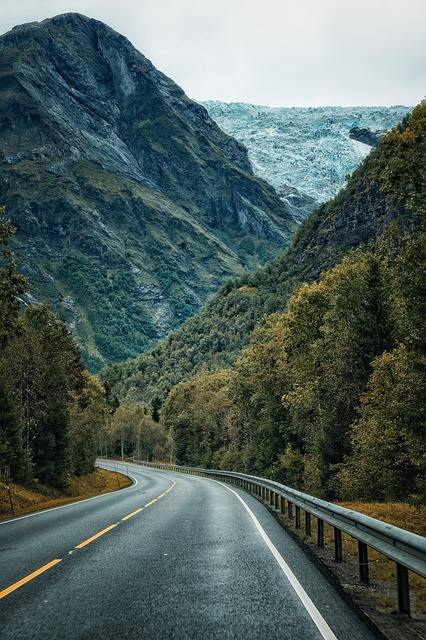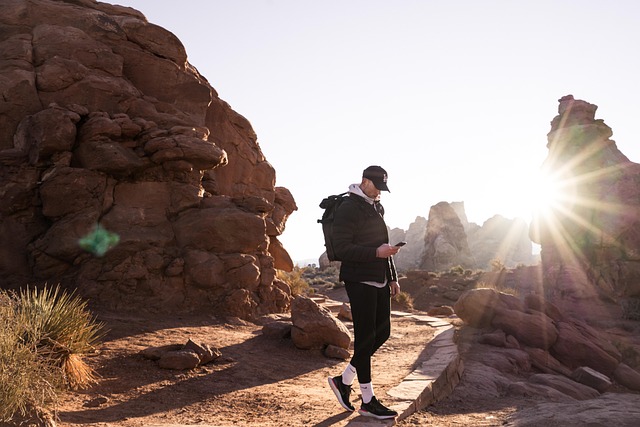The Best Travel Insurance for Backpacking Southeast Asia (A Real Review)
If you’re planning to backpack through Southeast Asia, travel insurance might not be the most exciting part of your trip. But ask anyone who’s gotten sick in Bangkok, missed a ferry in Bali, or had their phone stolen in Vietnam—and they’ll tell you it’s the smartest investment you can make.
In this guide, I’ll walk you through how to choose the best travel insurance for backpacking Southeast Asia, share real-life examples, highlight the top providers, and give you expert-backed insights so you can confidently buy the right policy before hopping on your flight.
Why Backpackers Need Travel Insurance in Southeast Asia
Backpacking in Southeast Asia offers incredible experiences: $3 street food in Hanoi, diving in Koh Tao, or jungle trekking in Laos. But these trips also come with risks:
- Medical emergencies – Hospital bills in Singapore can rival those in the U.S. A broken arm could cost thousands without coverage.
- Adventure activities – Zip-lining, scooter riding, surfing, and diving are common but often excluded in cheap plans.
- Theft & lost items – Pickpocketing happens in crowded markets like Bangkok’s Khao San Road.
- Trip disruptions – Flights in budget airlines like AirAsia or Cebu Pacific are often delayed or canceled.
That’s where the right backpacking travel insurance comes in—protecting both your wallet and peace of mind.
What to Look for in the Best Backpacker Travel Insurance
Experts recommend focusing on four key areas:
- Medical Coverage – Look for at least $100,000 in emergency medical coverage, plus evacuation coverage to the U.S.
- Adventure Sports Coverage – Make sure activities like scuba diving, trekking, or riding scooters are included.
- Flexible Duration – Backpackers often extend trips. A good plan allows easy extensions.
- Strong Claims Reputation – Cheap plans are useless if they make it impossible to file a claim.
Expert Tip: According to travel insurance analyst Megan Moncrief of Squaremouth, “Backpackers should prioritize evacuation coverage. In rural areas of Thailand or Cambodia, you may need to be airlifted to Bangkok or even Singapore for proper care.”
Real Backpacker Story: Why Insurance Matters
Meet Jason, a 26-year-old from California. While backpacking in Chiang Mai, Thailand, he rented a scooter (like most travelers do). A minor crash left him with a fractured wrist. The hospital bill was $4,200 USD—but his World Nomads plan covered it in full, including an emergency flight to Bangkok for better treatment.
Without insurance, Jason’s budget trip could have turned into years of credit card debt.
The Best Travel Insurance for Backpacking Southeast Asia (Reviewed)
After reviewing the most popular insurers for U.S. travelers, here are the top picks for 2024:
1. World Nomads – Best for Adventure Travelers
- Why it’s great: Covers 200+ adventure activities (diving, trekking, scooter riding).
- Medical coverage: $100,000+
- Evacuation coverage: $500,000
- Best for: Long-term travelers and those who want flexible extensions.
- Downside: Slightly more expensive than others.
👉 Example Cost: $89 for 2 weeks in Thailand.
2. SafetyWing – Best Budget Option for Long Trips
- Why it’s great: Subscription-style coverage starting at $45/month.
- Medical coverage: $250,000
- Evacuation coverage: $100,000
- Best for: Digital nomads and backpackers traveling indefinitely.
- Downside: Doesn’t cover high-risk sports like scuba diving above 10m.
👉 Example Cost: $90 for 4 weeks across Thailand, Cambodia, and Vietnam.
3. Allianz Travel – Best for Short U.S. Trips with Stopovers
- Why it’s great: Strong global network and reliable claims processing.
- Medical coverage: Up to $500,000 (depending on plan).
- Evacuation coverage: Included.
- Best for: U.S. travelers who want brand reputation and comprehensive coverage.
- Downside: Plans are less flexible for long-term backpackers.
👉 Example Cost: $120 for a 2-week Southeast Asia trip.
4. IMG Global – Best for Medical Coverage
- Why it’s great: Excellent for those concerned about hospital bills.
- Medical coverage: Up to $1,000,000
- Evacuation coverage: Up to $500,000
- Best for: Travelers with pre-existing conditions or who want robust medical protection.
- Downside: More complex policy wording.
👉 Example Cost: $140 for 2 weeks in Southeast Asia.
Case Study: Comparing Costs
| Provider | 2 Weeks Thailand | 4 Weeks SEA | Adventure Sports Included? | Medical Coverage |
|---|---|---|---|---|
| World Nomads | $89 | $175 | Yes | $100,000+ |
| SafetyWing | $45 | $90 | Limited | $250,000 |
| Allianz Travel | $120 | $240 | Limited | Up to $500,000 |
| IMG Global | $140 | $280 | Yes | Up to $1,000,000 |
As you can see, SafetyWing is the cheapest for long trips, while World Nomads wins if you’re doing adventurous activities.
How to Buy the Right Policy (Step-by-Step)
- List Your Activities – Diving, trekking, scooter rentals? Make sure they’re covered.
- Check Length of Trip – If flexible, pick a plan you can extend.
- Compare Deductibles – Some plans cost less upfront but leave you paying more later.
- Read the Fine Print – Especially exclusions on alcohol-related incidents (common in backpacker claims).
- Buy Before You Fly – Some insurers won’t let you buy once abroad.
My Recommendation
If you’re a U.S. traveler planning to backpack Southeast Asia in 2024:
- Pick World Nomads if you’re doing lots of adventurous activities.
- Pick SafetyWing if you’re budget-conscious and traveling indefinitely.
- Pick Allianz or IMG if you want strong hospital networks and higher coverage limits.
Final Thoughts
Backpacking Southeast Asia can be the adventure of a lifetime—but only if you’re protected against the unexpected. A scooter accident in Vietnam, dengue fever in Bali, or stolen passport in Manila can derail your trip.
The best travel insurance for backpacking Southeast Asia isn’t just about cost—it’s about flexibility, adventure coverage, and reliable claims support. Spend a little upfront, and you’ll save yourself stress (and thousands of dollars) later.
✅ Pro Backpacker Tip: Save your insurer’s emergency hotline on your phone before leaving. In an emergency, minutes matter.







Post Comment